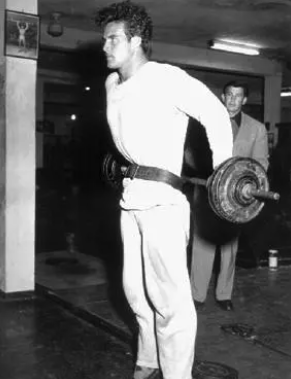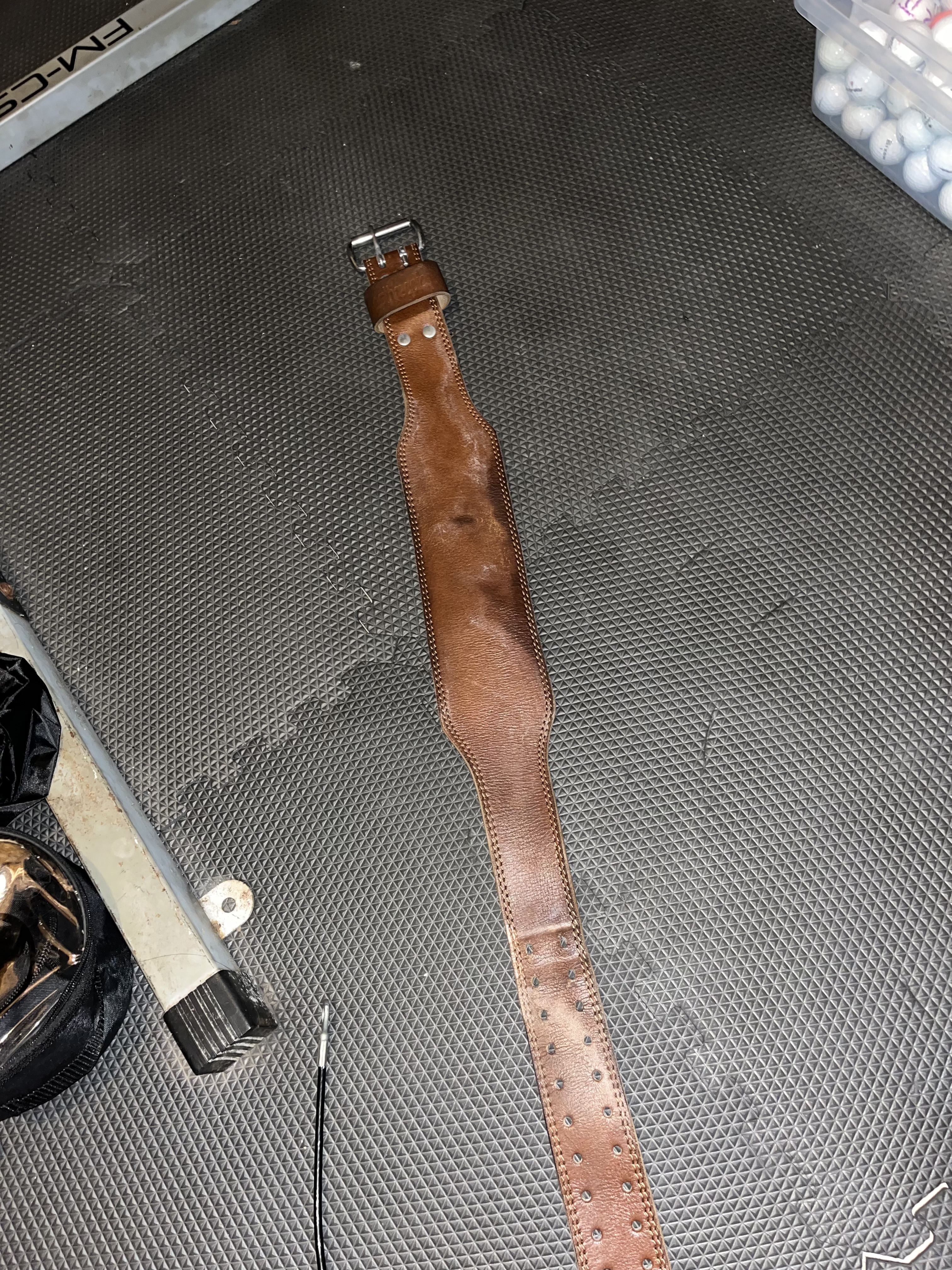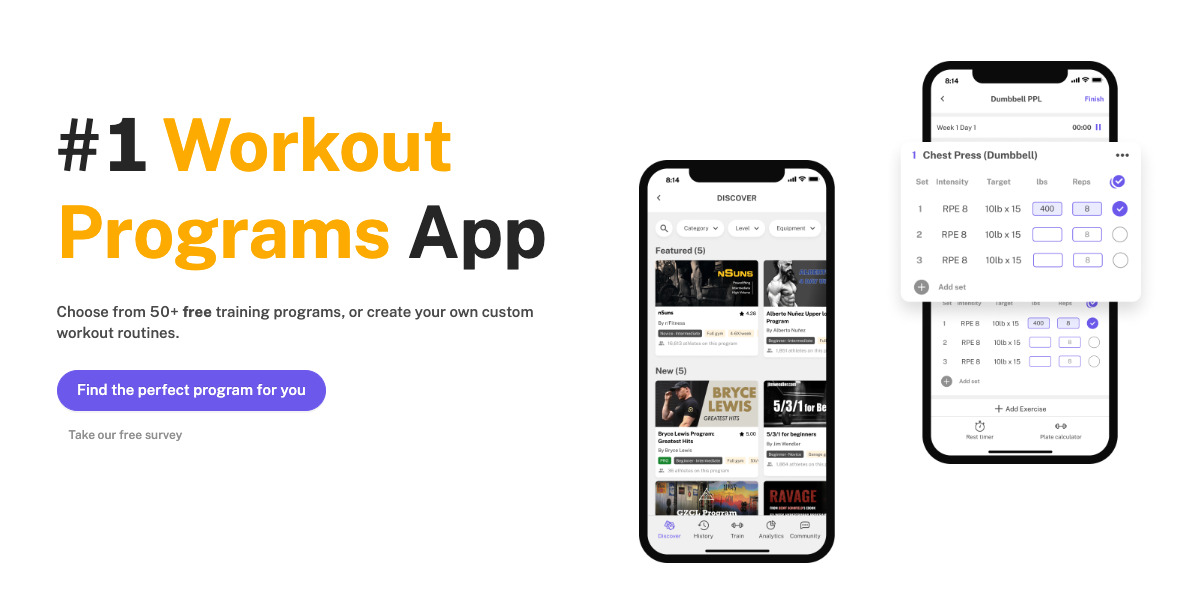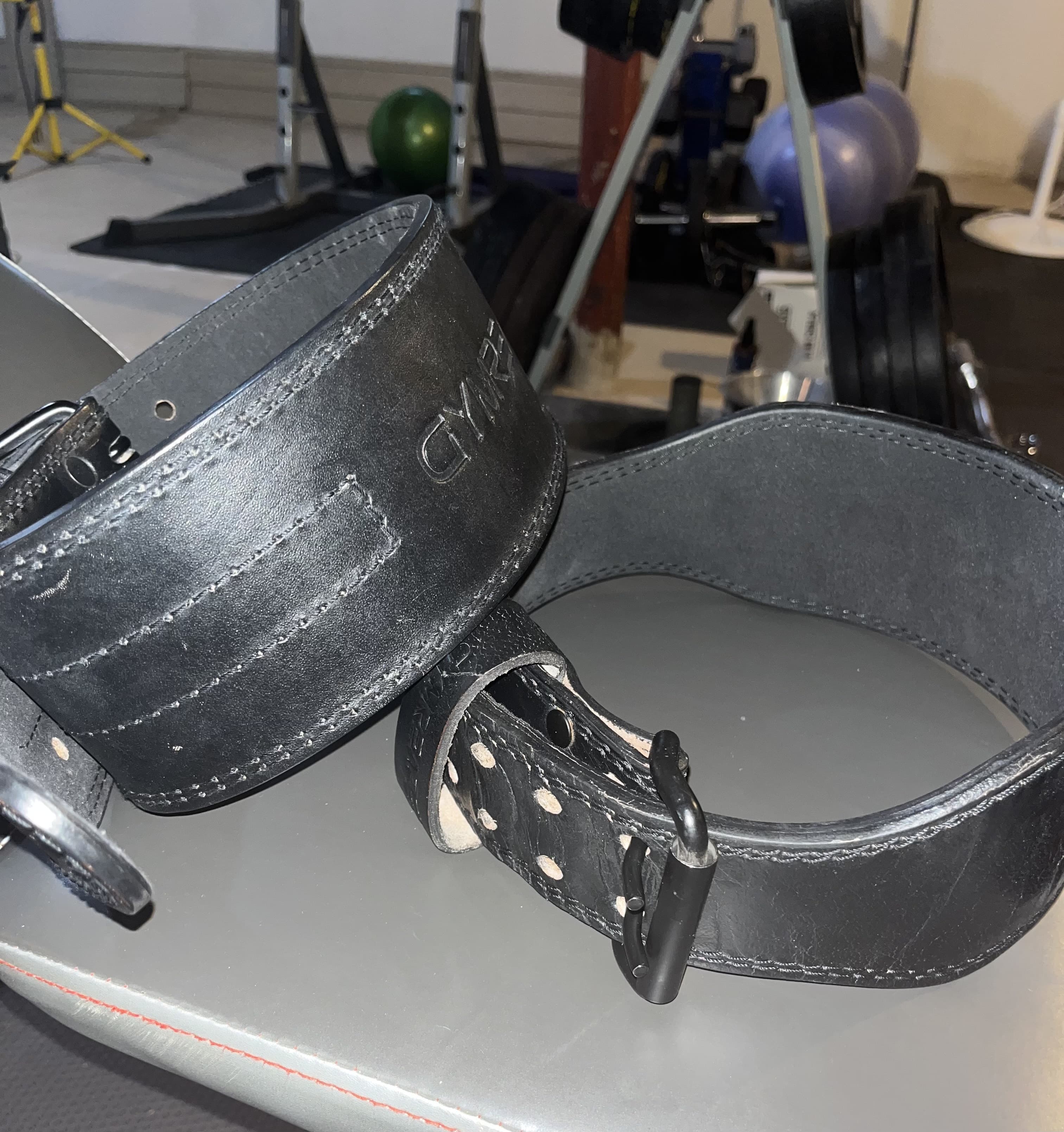Are Weightlifting Belts Effective?
Written by The Boostcamp Editors
Weightlifting Belts: Are They Worth the Investment?
Weightlifting belts are tools that can be found in just about any gym goer's gym bag with their other equipment like wrist straps or knee sleeves. Whether you are training for bodybuilding or a strength sport like powerlifting, you see a lot of gym goers using these pieces of equipment. It is said that they are beneficial for you on those heavy lifts, but are these weightlifting belts even worth it?
Let's break it down.
What Are Weightlifting Belts For?
Weightlifting belts have been around for decades, since the old school days of bodybuilding and strength training, and you see plenty of different variations in each gym you visit. Lever belts, single prong, double prong, velcro, then there are incredible custom designs that accompany each style. But, what are lifting belts for? Are they just for powerlifters? Will they help you cut down and slim your waist? There are so many different ideas of what lifting belts do, but let’s clear the air and describe exactly what weightlifting belts do.
What are Weightlifting Belts?
Weightlifting belts are pieces of gym equipment common amongst bodybuilders, powerlifters, and well, weightlifters. They are typically made of leather, but can also be made of other materials, and they go around the abdomen rather than the waist (like a typical belt). Weightlifting belts are designed to assist in the bracing of the abdominal muscles, as well as providing extra support to the back muscles and core muscles during physical activity, including heavy lifts and compound exercises with heavy weights. They essentially force you to lift more with your legs, rather than your back, by increasing intra-abdominal pressure through proper bracing. Weightlifting belts as a whole are meant to keep the midsection tight during big lifts, including heavy lifts and strength training, which in turn helps to reduce the risk of injury.
While there are plenty of benefits of weightlifting belts, they are seen as controversial. While many powerlifting and weightlifting meets allow them as they are seen as legitimate tools in helping us lift heavier weights, even recreational lifters of varying skill and experience levels are wearing belts. But is a weight belt helpful for recreational lifting? However, for heavier lifts, the use of weightlifting belts, also known as a weight belt, may be beneficial, physiologically and psychologically as well, if used the right way to lift much weight. A weightlifting belt is one single piece of equipment that can have a significant impact on your results. It’s absolutely worth the time, effort, and money to learn how to use it properly.
Regardless, it cannot hurt to throw a weightlifting belt on for your deadlift PR, or when you are trying to hit a 1 rep on your squat.
Where did Weightlifting Belts Come From?

Pictured: Steve Reeves in a Weightlifting Belt
While there are images of strongmen in circuses and early competitions utilizing weightlifting belts, not much was written about them, so we do not truly know if they were for support or merely for decoration. It was in 1896 at the Olympic Games that weightlifting belts began to pick up popularity. A few competitors sported these belts during their lifts. As weightlifting belts grew in popularity, more people than just Olympic athletes were using them. One of the biggest names to first wear a weightlifting belt was Steve Reeves.
Steve Reeves was not only his bodybuilding career, but also his acting career where he took on roles such as Hercules. Reeves was also the main inspiration of Arnold Schwarzenegger. However, Steve Reeves showed that lifting belts were just as important for bodybuilders as they were for strongman and Olympic athletes, when he demonstrated the use of the belt on exercises like the hack squat, which is one of the most popular leg day exercises for bodybuilders and powerlifters alike.
Regardless of how weightlifting belts are used, it is clear that from the 1940s onward, you can find a large number of examples of weightlifting belts being featured in bodybuilding, weightlifting, strongman, and fitness magazines, showing that the practice of using them had become more normalized.
Different Types of Lifting Belts
As stated above, there are plenty of different types of lifting belts, so let’s break down each one.
Lever Belts
A lever lifting belt is a piece of gym equipment that provides a rigid level of support, and these weightlifting belts are very common amongst powerlifters and weightlifters. This is because they are typically tighter and can be more supportive than other types of belts.
Prong Belts
The buckle belt usually consists of 1 or 2 prongs. These belts offer different distances between each hole so you can adjust the size, much like a belt for your pants. Because prong belts are so easily adjustable, it is easy to give yourself more support during one lift than you would another, especially if you are using a belt for the first time.
Velcro Belts
A velcro belt allows you to get a precise fit a bit more than a prong belt or even a lever belt, as you do not need to match up with a pre-existing hole in the belt. The only downside to a velcro belt is they can come undone easier than a prong or lever belt if they are worn down, or you are under a heavy load and have a high amount of pressure in your midsection, these are more popular amongst CrossFit and Olympic weightlifters.
Ultimately, the choice of belt type comes down to personal preference.
Tapers and Width

One thing to keep in mind with weightlifting belts is they have different tapers and widths, which will provide different amounts of support.
The width of the lifting belt is the distance between the top and the bottom of the belt when it is on you. Typically the width will range between 3 and 6 inches. Then, there are belts that are not the same width all the way around and instead have a tapered width. A tapered belt is typically wider in the back, and tapers down to be less wide in the front.
Thickness of a weightlifting belt will vary based on the material and style of the belt. As stated above, some belts are leather, or made of other materials such as nylon. Most times, belt thickness will range between 6.5mm (¼ inch) to 13mm (½ inch).
Individuals who are taller and have a bigger midsection, or are on a bulk, should look more for wider belts. Then on the flip side, people who are on the thinner, smaller, side might want to opt for weightlifting belts that are not as wide.
If you compete in a strength sport you need to watch what type of belt you buy, as some sports regulate the width of the belt a lifter can wear. That being said, be sure to check with your federation or governing body for specs.
What Weightlifting Belt Should You Choose?
When it comes to choosing a weightlifting belt, that is entirely dependent upon your goals. For example, if you are a weightlifter or powerlifter, you may want to choose a different belt from someone who is working towards bodybuilding. Another thing to take into consideration is if your belt of choice, such as a leather belt, is allowed in the federation you compete in, especially for Olympic weightlifting lifts like the snatch or clean and jerk, which require more dynamic lifts.
If you are looking for a quality weightlifting belt, check out Iron Bull Strength! They have some of the best belts, whether you are looking for pronged, lever, or whatever, and they are just about all approved for competition!
Boostcamp
When you are looking for a program that will really push you to the limit, take a look right on the Boostcamp App, amongst other free programs, over fifty to be exact. When it comes to following a new workout program and seeing how you are progressing with it, you would want to find a platform that caters to your needs and guides you in the right direction. Boostcamp can do that, and it can even help you to measure your progress, track your workouts, and continue with linear progression.
Wrap Up
Overall, weightlifting belts have been around for quite some time now, and they have adapted and branched out into multiple different styles for all different goals. They bring a good amount of benefits to the table, and it is worth checking them out.
Also, be sure to follow Boostcamp on Instagram and subscribe on YouTube!

References
Fong, S. S. M., Chung, L. M. Y., Gao, Y., Lee, J. C. W., Chang, T. C., & Ma, A. W. W. (2022, February 18). The influence of weightlifting belts and wrist straps on deadlift kinematics, time to complete a deadlift and rating of perceived exertion in male recreational weightlifters: An observational study. Medicine. https://www.ncbi.nlm.nih.gov/pmc/articles/PMC9282110/
Heffernan, C. (2017, March 12). The history of weightlifting belts. Physical Culture Study. https://physicalculturestudy.com/2017/03/12/the-history-of-weightlifting-belts/#:~:text=That%20from%20the%201940s%20onward,sections%20of%20the%20gym%20floor.

